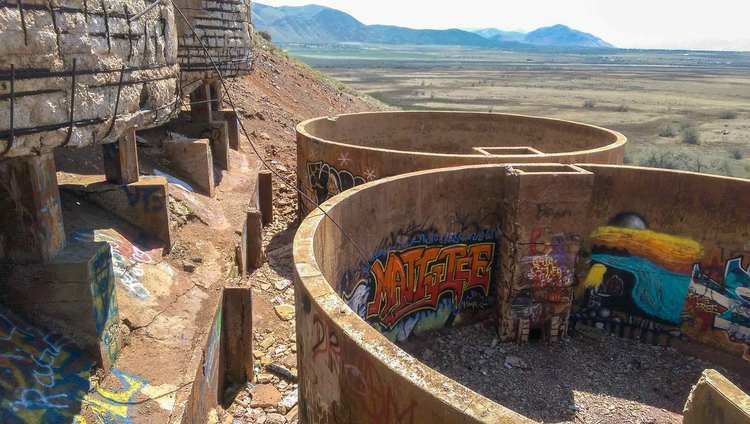Built by Madge,W.C. Area 400 m² Added to NRHP 13 September 1978 | NRHP Reference # 78002700 Year built 1916 Nearest city Goshen | |
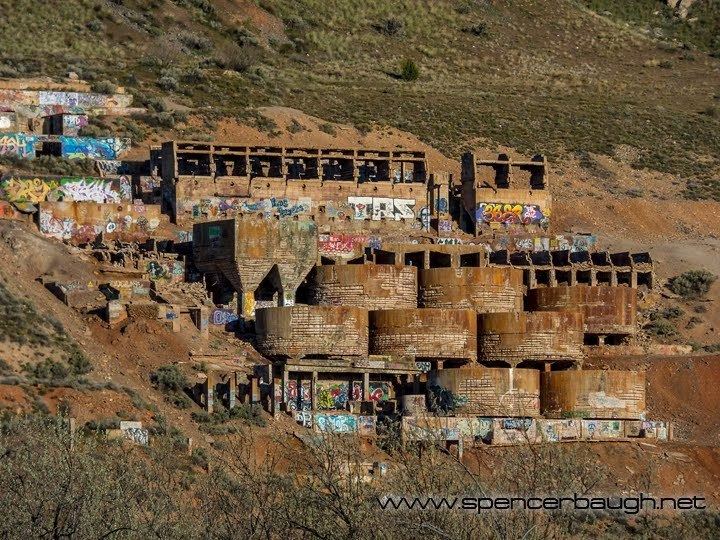 | ||
Tintic standard reduction mill in goshen utah
The Tintic Standard Reduction Mill—also known as the Tintic Mill or Harold Mill—built in 1920, and only operating from 1921 to 1925, is an abandoned refinery or concentrator located on the west slope of Warm Springs Mountain near Goshen, Utah, in the United States. Metals processed at the mill included copper, gold, silver, and lead, all of which were received from another mill near Eureka, Utah. The metal content of ore was increased through the process to make transportation less expensive. The reducing process used was an acid-brine chloridizing and leaching process which became outdated, leading to the abandonment of the site in 1925. At the mill's highest productivity it processed 200 tons of ore yearly from the Tintic Mining District.
Contents
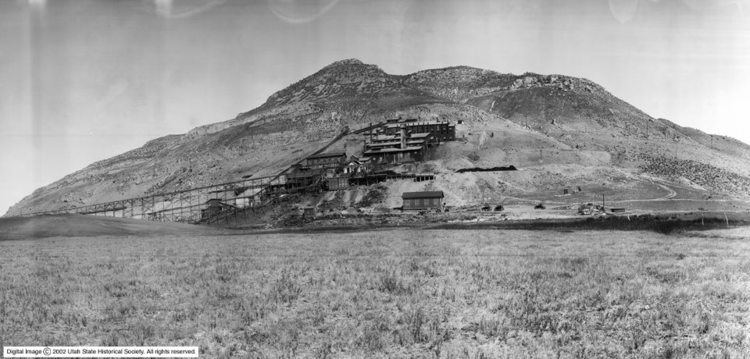
What remains of the mill are foundations for water tanks, crushers, roasters, iron boxes, leaching tanks, and drain boxes. The site dominates the surrounding landscape with its size and unique colors and shapes.
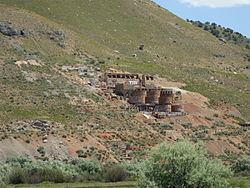
It was designed and built by W. C. Madge. It is significant as the only American mill using the Augustin process during the early 1920s.

It was listed on the National Register of Historic Places in 1978.
It has been speculated that the mill may be the contributor of heavy metal pollution in the Goshen Warm Springs which lie below it.
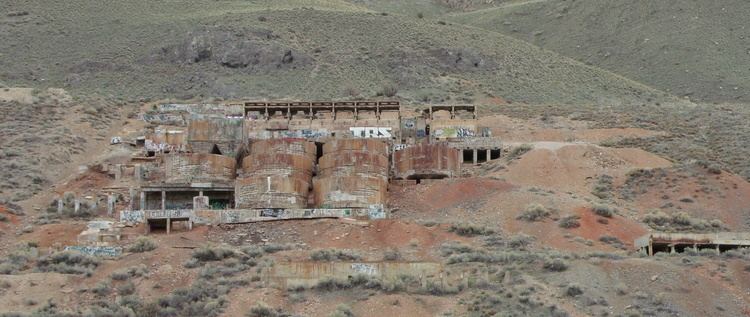
Exploring tintic standard reduction mill

